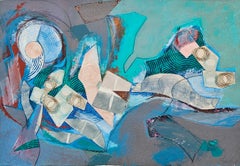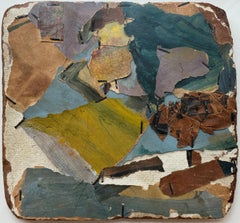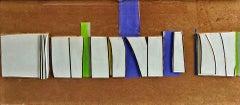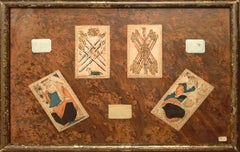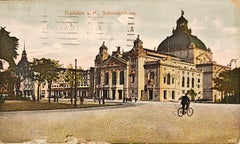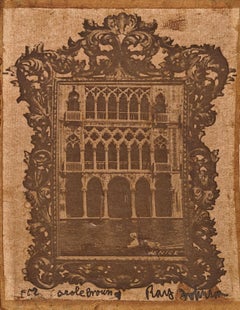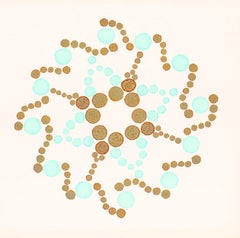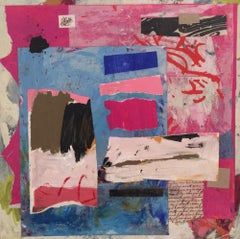Lincoln Glenn Mixed Media
1940s Abstract Mixed Media
Mixed Media, Panel
1960s Abstract Expressionist Mixed Media
Paper, Mixed Media, Board
1970s Abstract Mixed Media
Paint, Paper, Board
1930s American Modern Mixed Media
Mixed Media
1960s Conceptual Mixed Media
Mixed Media
1960s Conceptual Mixed Media
Mixed Media
1960s Conceptual Mixed Media
Masonite, Mixed Media
1960s Conceptual Mixed Media
Paper, Photographic Paper
1960s Abstract Expressionist Mixed Media
Mixed Media, Board
1960s Abstract Expressionist Mixed Media
Mixed Media, Board
1960s Abstract Expressionist Mixed Media
Paper, Mixed Media
1960s Abstract Expressionist Abstract Drawings and Watercolors
Pastel, Watercolor, Board
1970s Abstract Mixed Media
Board
2010s Contemporary Figurative Sculptures
Glass, Plastic, Wood, Paper, Glue, Mixed Media, Watercolor, Cardboard
1930s American Modern Mixed Media
Mixed Media
1990s Abstract Expressionist Abstract Sculptures
Metal
1930s American Modern Mixed Media
Mixed Media
1930s American Modern Mixed Media
Paper
1920s Abstract Mixed Media
Textile, Dye
1970s Assemblage Mixed Media
Canvas, Vinyl, Graphite, Pigment
1970s Abstract Abstract Paintings
Paper, Ink, Graphite
1970s Abstract Abstract Paintings
Acrylic, Paper, Ink, Graphite
1990s Abstract Mixed Media
Paper, Acrylic, Board
1990s Abstract Mixed Media
Paper, Ink, Board
1890s Mixed Media
Mixed Media, Oil, Board
1980s Abstract Mixed Media
Fabric, Paper, Mixed Media, Laid Paper
1950s Abstract Expressionist Mixed Media
Paper
Mid-20th Century Abstract Expressionist Mixed Media
Oil, Watercolor, Gouache
2010s Conceptual Mixed Media
Copper
2010s Abstract Expressionist Mixed Media
Canvas, Paint, Paper, Mixed Media, Acrylic, Board
1930s American Modern Mixed Media
Mixed Media, Board
2010s Abstract Mixed Media
Paint, Paper, Conté, Charcoal, India Ink, Acrylic, Tempera, Watercolor, ...
2010s Abstract Expressionist Abstract Drawings and Watercolors
Paper, Ink, Permanent Marker, Pencil, Mixed Media
Mid-20th Century American Modern Mixed Media
Mixed Media
2010s Abstract Expressionist Abstract Paintings
Wood, Mixed Media, Oil, Magazine Paper
2010s Abstract Mixed Media
Mixed Media, Oil, Wood Panel
1960s American Modern Mixed Media
Mixed Media
1960s American Modern Abstract Paintings
Cotton, Masonite, Mixed Media, Oil, Tissue Paper
1950s Abstract Expressionist Mixed Media
Resin, Paper, India Ink, Magazine Paper, Illustration Board
21st Century and Contemporary American Modern Mixed Media
Mixed Media, Oil
